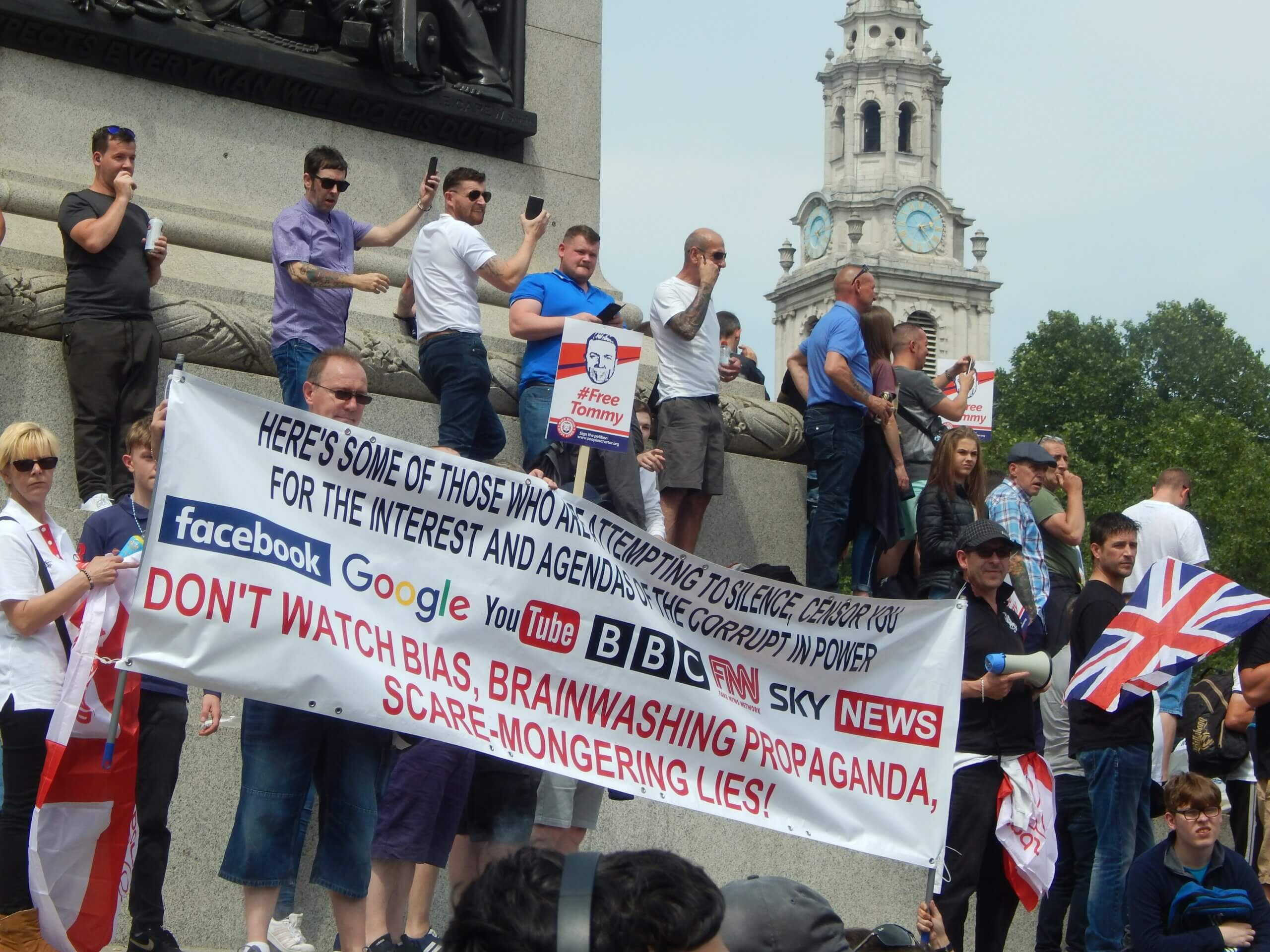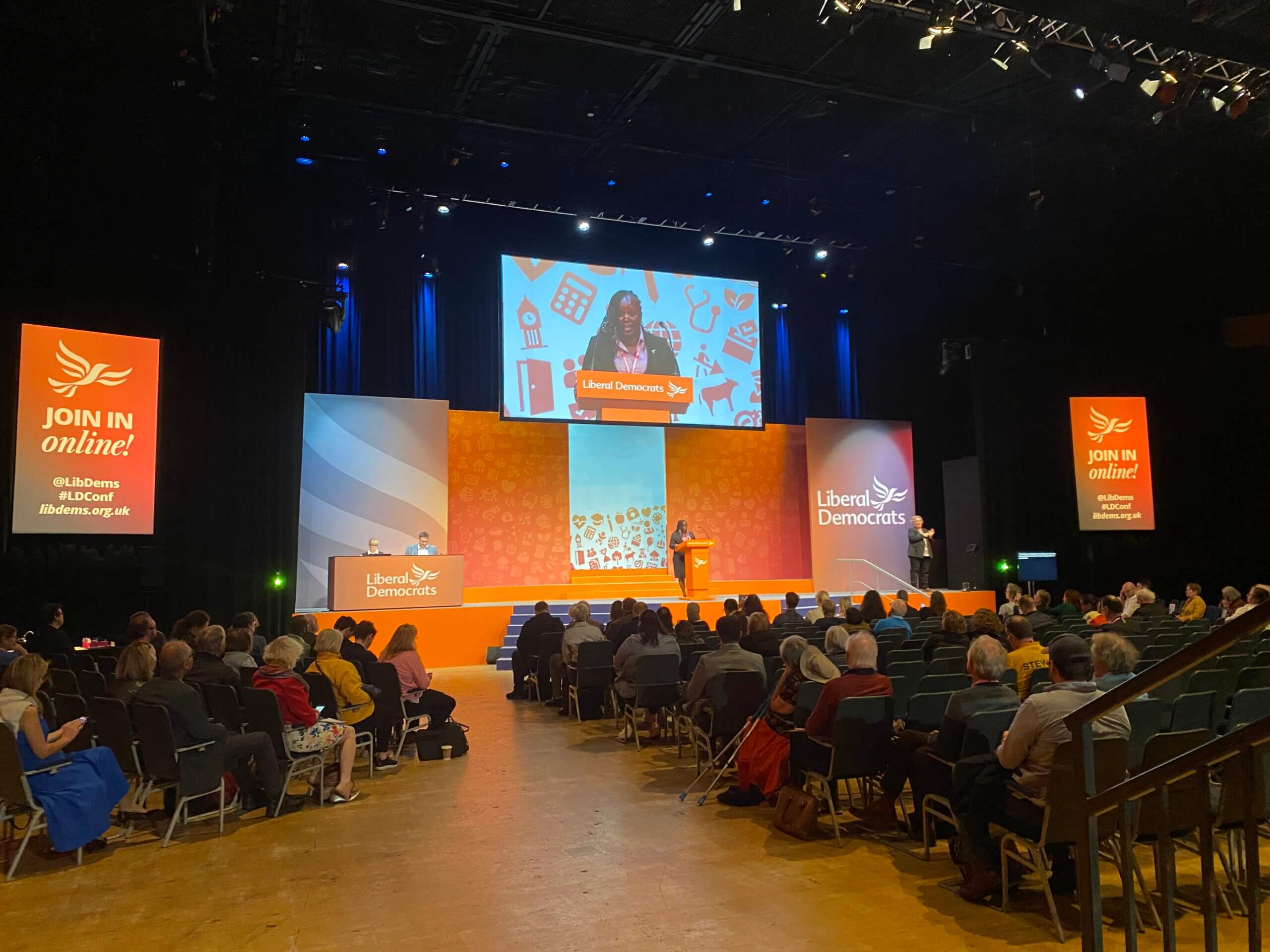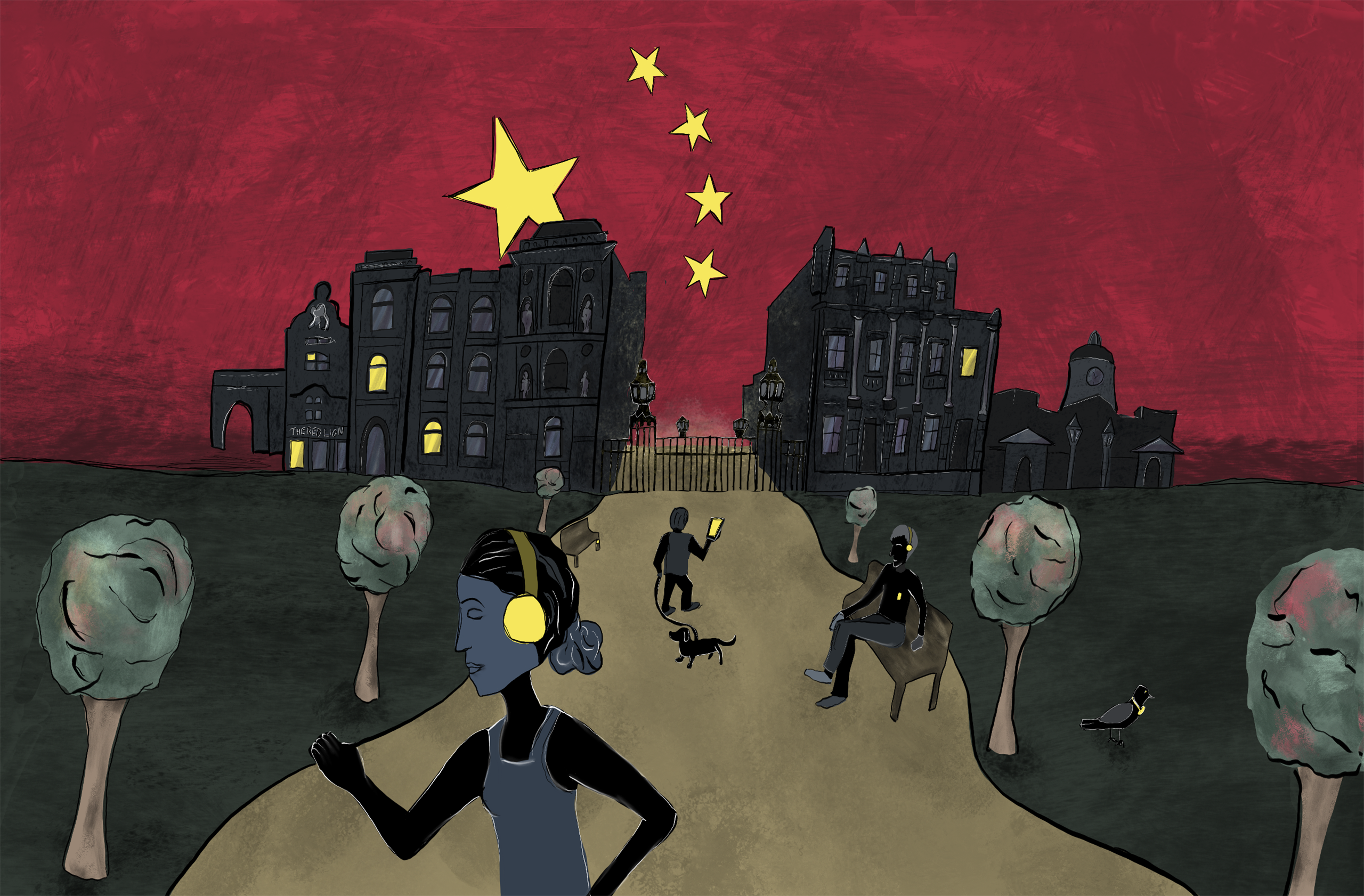In recent weeks, Britain has witnessed a surge of popular protests, raising the question of what makes a protest successful? Why do some enact real political and legislative change, and others fail to do so? The “Unite the Kingdom” march on Saturday, 13th September, organised by Tommy Robinson as a far-right anti-immigration rally, provides a clear example of a protest that failed politically.
While the event drew large crowds and captured headlines, these factors are superficial and won’t necessarily lead to change. The rally’s lack of a coherent political message and use of violent and disruptive tactics render it unlikely to deliver a legislative outcome. Successful protests depend not just on numbers or noise, but on a consistent message, a lawful strategy and a vision capable of influencing policy.
Lack of a coherent message
One of the central reasons the 13th September protest is unlikely to achieve legislative change is its lack of a coherent political programme. Despite drawing crowds of ‘up to 150,000’, it has become apparent that not everyone was marching for the same purpose or towards the same political goal. The leading slogan, “Unite the Kingdom”, captured this ambiguity. Although broad enough to attract attention, in reality, it doesn’t provide any political direction, as there was a striking disparity between marchers about what the slogan exactly meant.
Interviewers at the scene have highlighted some of the stark differences in motivations for the protest. One woman from Southampton said she was protesting illegal migration specifically, while another man holding a “Send Them Back” sign stated he opposed all migration “in general”. Elsewhere, an elderly woman carried a tribute to the recently killed American commentator Charlie Kirk, with a sign reading “God Bless, Never Forget”, promoting international remembrance more than English nationalism. Some protestors turned their anger directly towards Prime Minister Keir Starmer, with one man notoriously caught on camera stating he “needs to be assassinated”.
Alongside this fragmentation, the protest was marked by racism and religious intolerance. Journalist Paul Mason reported hearing “routine, sick racism”, and throughout the march, there was strong anti-Muslim hate speech. Stalls sold books co-authored by Robinson, such as “Why Muslims kill for Islam”, and French politician Éric Zemmour told the crowd that Muslim Culture was “colonising” Europe. Adding yet another layer, some marchers framed the event as a demonstration of Christian nationalism, brandishing crosses and crucifixes in what became an explicitly religious display.
The result of the incoherent political programme of this protest was a messy and contradictory message. Part anti-immigration, part anti-Islam, part Christian nationalist, and part white nationalist. In the absence of a unifying long-term democratic goal, the protest lost coherence and political weight. As Paul Mason observed, there were no contingents on the march, no single agenda, only a crowd united by anger but divided in purpose. Without clarity of message and with its shocking racist undertones, the march has little chance of being taken seriously as a political movement.
The Use of Violent Tactics
Beyond the lack of a coherent message, the tactics used during the 13th September protest further undermined its legitimacy. In the United Kingdom, the right to protest is an expression of free speech and is protected under the European Convention of Human Rights. However, there are restrictions to this; only peaceful demonstrations are protected under the law. Once violence or criminal damage occurs, marchers are subject to arrests, fines and discreditation of the protest itself.
The “Unite the Kingdom” march crossed this line. Police reported numerous instances of violence against them. Twenty-six officers were hurt, four seriously, with injuries including broken teeth, concussions, a prolapsed disc, a head injury and a possible broken nose. BBC journalist Thomas Mackintosh described how officers attempting to maintain a barrier between Robinson’s supporters and the counter-protest “Stand Up to Racism” were met with kicks and punches. Even police horses were targeted, with one struck by a glass bottle, causing the animal considerable harm. In total, 24 arrests were made for offences including common assault, criminal damage, and possession of an offensive weapon.
As well as being unlawful, the violence also distanced the protest from looking like a demonstration of free speech, to looking more like rowdy mob violence. Although most marchers protested peacefully and only a minority were violent, the overall atmosphere, fuelled by aggressive chants such as “Keir Starmer’s a w*****r” and accompanied by the thousands of littered beer cans, made the event look more like a football match than a political campaign. This behaviour turns a protest from a political statement into a mob spectacle, giving politicians every reason to dismiss it rather than engage with its demands.
Starmer’s Reaction
The combination of an incoherent political message and unlawful tactics meant the 13th September protest would have little chance of influencing policy, a fact underlined by Prime Minister Keir Starmer’s response.
In the days following the march, Starmer drew a clear line between the right to peaceful protest and the violence and intimidation that characterised the march. He condemned the assaults on police officers and the racist abuse, stating Britain would “never surrender” to far-right protesters who had used the English flag as a cover for hate. Starmer also labelled the demonstration as “plastic patriotism,” a phrase that alludes to the diluted and incoherent nature of the protest’s message.
Importantly, Starmer emphasised “many of our communities now feel more scared than they did before.” As the violent tactics and racist overtones of the march have alienated ethnic communities and deepened fear, it will actually push mainstream politics further away from engaging with the movement. Starmer’s firm condemnation was echoed by Labour’s Black caucus, who denounced the “racism, abuse, and anti-migrant” hatred on display. Rather than sparking political debate, the protest has prompted a cross-party rejection of its violence and prejudice.
The government’s reaction illustrates how incoherent or unlawful protest messages and tactics can easily lead politicians to denounce their cause. Instead of pressuring politicians to act, the disorder only strengthened Parliament to resist far-right intimidation and reaffirm the boundaries of lawful protest.
Conclusions
The anti-immigration Tommy Robinson protest on Saturday, 13th, will not bring any imminent political or legislative change. Although it had the force of a large amount of public support, this protest shows that strength in numbers does not necessarily translate to strength in a campaign. In this digital age, mobilisation is easier than ever and social media can draw thousands to the streets, but without a unified purpose, that energy has little political force.
Far from forcing Westminster to act, the protest achieved the opposite. Its racist undertones, violent clashes, and lack of a coherent political programme has allowed politicians across the spectrum to dismiss it. Protest succeeds when it is disciplined, strategic, and rooted in a consistent message. Without clarity and legitimacy, mass mobilisation risks becoming noise rather than influence.
Image Credit: C.Suthorn / cc-by-sa-4.0 / commons.wikimedia.org







